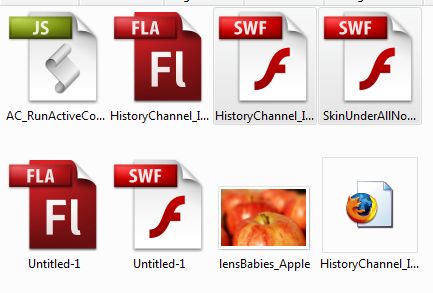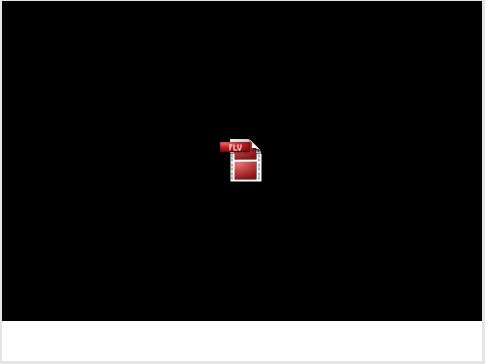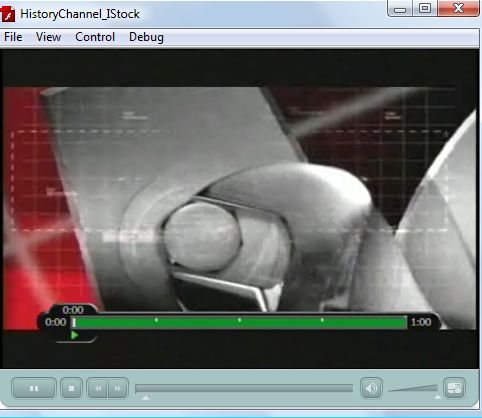Error #2044: Unhandled skinError:. text=[IOErrorEvent type=”ioError” bubbles=false cancelable=false eventPhase=2 text=”Error #2036: Load Never Completed. URL: http://curtismorley.com/someURL/SkinUnderAllNoCaption.swf”]
Description:
Here is a combo meal deal of errors that you may get if you are using one of the basic video component skins in Flash. Flash needs to know where the file is and how it interacts with the video you are playing. The reason you will get this error is because the skin didn’t load and so Flash is trying to wrap this video skin around your video unsuccessfully which produces ActionScript Error 2044. I have always seen ActionScript 3 error 2044 coupled with ActionScript Error #2036 which says that the load of the skin never completed. I get this error because of the way wordpress handles includes.
Fix:
Put the file on the server and link to the file in the Flash Authoring Environment.
Step 1:
Convert your video into an FLV with either Flash itself or with the bundled Flash Video Encoder.
Step 2:
Import the video and go through the wizard provided. Make sure that you choose the skin you would eventually want to control your video. In the screenshot below I chose the SkinUnderAllNoCaption skin. This step is critical because it is necessary to have Flash auto generate a swf of the skin for you.

Step 3:
Save your file and you check the folder that your main swf is located in. You should find another file with the name of the skin you chose. In my case the file is called ‘SkinUnderAllNoCaption.swf’.
Step 4:
FTP the ‘skin’ swf to your server.
Step 5:
Open up your Flash file and select the video. Then go to the component ‘Parameters’ palette ad 2x click the ‘skin’ option as shown in the image below.
Step 6:
Choose the last ‘Skin’ option called ‘Custom Skin URL’ and then enter the URL of the skin swf into this field and click ok.

Step 7:
Don’t panic. The skin will most likely not display in the authoring environment. Hit <CTRL> + <ENTER> on your keyboard to test your movie and you will see the same lovely component that you had originally. The two files below show the file before testing your movie and after.


Step 8:
Upload your swf file to the server in the same place as your skin swf and enjoy.
Troubleshooting:
Make sure that you have a crossdomain.xml file on your server to prevent other ActionScript Errors.
You can see this in action at my post about ‘How I Made History’
Now you have a step-by-step description of how to deal with ActionScript Error #2044
As always – Happy Flashing
